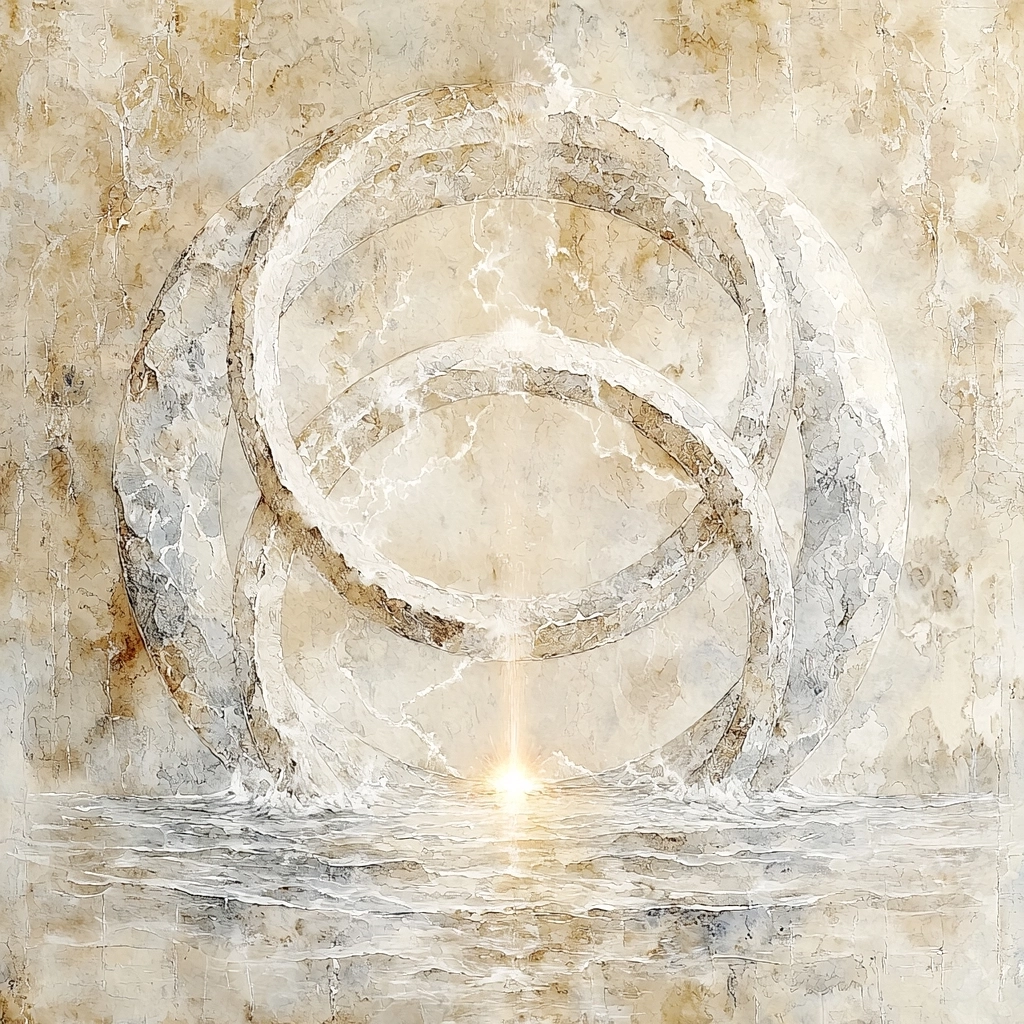Symbols Related to Stoicism and the Stoa 🏛️
An inspiring look at symbols that embody the principles and wisdom of Stoicism.
Welcome to the World of Stoic Symbols
Symbols are powerful tools that preserve and convey ideas, principles, and philosophies across generations. The Stoa and Stoicism, rooted in wisdom, serenity, and reason, have a rich symbolism that visually and profoundly represents their teachings.
On this page, you will find a comprehensive overview of symbols associated with Stoicism and the Stoa, covering various aspects of philosophy, life, and nature.
Why Symbols Matter in Stoicism
Symbols give you the chance to grasp complex ideas in a simple and powerful way. They help you make the principles of Stoic philosophy tangible and integrate them into your daily life.
Whether as a source of inspiration or a reminder of virtue and wisdom, Stoic symbols can guide you on your journey to a more fulfilling life. Embrace these symbols as part of your personal path toward clarity and strength.
Explore Our Symbol Categories
-
Symbols for Concepts in Philosophy
Understand how symbols like Δ (Delta) and Ω (Omega) shape Stoic thinking and represent fundamental philosophical ideas.
-
Symbols for Nature and the Cosmos
Discover how symbols like ☉ (Sun) and ☾ (Moon) reflect the harmony between humans and nature in Stoic philosophy.
-
Symbols for Inner Strength and Community
Explore symbols like ⟐ (Diamond Point) and ⎈ (Ship’s Wheel), representing resilience, unity, and inner strength.
-
Symbols for Harmony and Diversity
Learn how symbols like ☍ (Opposition) and ≠ (Inequality) promote balance and acceptance of contrasts.
-
Symbols for Time and Balance
Discover symbols like ⧗ (Hourglass) and ◐ (Half Circle) that highlight the importance of time, impermanence, and balance.
Symbols for Concepts in Philosophy
Here, you can learn everything about symbols like Δ (Delta) and Ω (Omega), representing essential philosophical concepts.
Symbols for Nature and the Cosmos
Symbols like ☉ (Sun) and ☾ (Moon) illustrate the relationship between humans and nature in Stoic philosophy.
Symbols for Inner Strength and Community
Symbols like ⟐ (Diamond Point) and ⎈ (Ship’s Wheel) represent resilience, unity, and inner strength.
Symbols for Harmony and Diversity
☍ (Opposition) and ≠ (Inequality) symbolize the balance between contrasts and encourage the acceptance of diversity.
Symbols for Time and Balance
Symbols like ⧗ (Hourglass) and ◐ (Half Circle) remind us of the significance of time, impermanence, and balance in life.
Conclusion – Symbols of Stoicism and Their Meaning
Discover the symbols closely associated with Stoicism, and let their profound meaning inspire you to deepen your understanding of the Stoic way of life.
Please Note
The content of this post is for informational and inspirational purposes only. It does not constitute personal, psychological, or medical advice. For individual concerns, please consult an expert. Learn more: Disclaimer.


